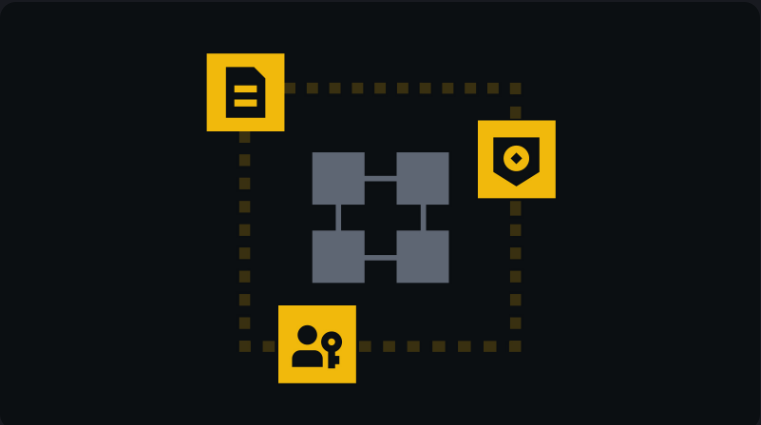
Key Points
Modular blockchains introduce a multi-layered approach that optimizes network scalability, security, and customization.
Modular blockchains separate key functions such as execution, settlement, consensus, and data availability into distinct layers to improve throughput while preserving decentralization and security.
Projects like Celestia and Dymension are exploring the potential of modular blockchain architectures to address challenges related to the blockchain trilemma (balancing security, scalability, and decentralization).
Introduction
Since its inception, the blockchain space has evolved significantly, with developers continuously seeking ways to enhance scalability, security, and decentralization. Traditional monolithic blockchains, which handle all tasks on a single chain, often face challenges in scalability, upgradability, and hardware requirements for validator nodes. To address these limitations, the concept of modular blockchains has emerged as a promising alternative.
What is a Modular Blockchain?
Unlike monolithic blockchains, modular blockchains adopt a multi-layered architecture that divides core functions into specialized layers. By allocating specific tasks to different layers, modular blockchains create more scalable and customizable systems without compromising decentralization or security.
How Do Modular Blockchains Work?
Modular blockchains typically separate four main functions: execution, settlement, consensus, and data availability. Execution involves transaction processing, settlement ensures the security of transaction destinations, consensus verifies transaction validity, and data availability handles transaction data storage. This modular design offers greater flexibility and efficiency, providing an effective solution to the scalability challenge in the blockchain trilemma.
Modular Networks Overview
Modular blockchains can be implemented in various ways, each with unique characteristics. Well-known implementations include rollups, validiums, and sovereign rollups.
Rollups are execution layers that process transactions before publishing data to a Layer 1 (L1) network.
Validiums are another form of rollup that process transactions off-chain before submitting data to L1. Validiums also rely on a proof-of-stake validator network.
Sovereign rollups are unique in that they serve as both execution and settlement layers, with data blocks published directly to the rollup. Sovereign rollups do not require L1 smart contracts for verification.
Pros and Cons of Modular Blockchains
Compared to monolithic designs, modular blockchain architectures offer significant advantages, such as enhanced scalability, flexibility, and interoperability. However, beyond these benefits, building modular blockchains is more complex, and the learning curve remains steep for users and developers.
Advantages
-
Improved Scalability: Modular blockchains distribute resource-intensive tasks across different layers, increasing overall throughput without sacrificing decentralization, making them highly scalable.
-
Flexibility and Interoperability: Modular base layers are highly flexible, enabling interoperability between multiple Layer 1 and Layer 2 chains. This flexibility allows developers to run the Ethereum Virtual Machine (EVM) or other virtual machines of their choice.
-
Versatile Application Development: Modular blockchains support the development of universal applications, reducing friction for users within the blockchain ecosystem. This capability fosters the creation of secure and efficient decentralized applications (DApps).
-
Customizable Tech Stack: Developers can freely choose virtual machines that suit their needs, offering a customizable computing stack that creates a more adaptable and developer-friendly environment.
Disadvantages
-
Development Complexity: Building on modular blockchains is more challenging than on monolithic blockchains. This complexity increases the learning curve for users and developers, potentially slowing adoption and development.
-
Limited Testing: Unlike monolithic networks like Ethereum or Bitcoin, modular networks lack extensive real-world testing. While established chains have undergone rigorous testing, modular networks have yet to prove their ability to handle high-traffic environments.
-
Early Development Stage: Modular blockchain development is still in its infancy. Despite significant market interest, these networks lack the extensive testing and validation seen in mature chains. The long-term stability and effectiveness of modular blockchains remain uncertain.
Examples of Modular Blockchains
Celestia
Celestia is a modular blockchain network that enables secure blockchain scaling without compromising performance. Rollups and Layer 2 networks can use Celestia to provide fast and efficient data availability for transactions. Celestia implements features like data availability sampling and sovereign rollups. As more nodes join the network, Celestia can increase block sizes through data availability sampling.
Dymension
Dymension is a network of easily deployable modular blockchains called "RollApps." It operates similarly to traditional full-stack web applications, with RollApps serving as the front-end for user interaction and Dymension acting as the back-end, coordinating the ecosystem. Additionally, data availability networks function as databases, providing data when needed.
Conclusion
Modular blockchains, with their versatility and interoperability, lay the foundation for a more efficient and secure decentralized ecosystem. These networks may eventually support more DApps and use cases, potentially elevating DeFi to new heights. As development teams continue tackling the scalability trilemma, the adoption of modular solutions in the crypto space is expected to grow.
















